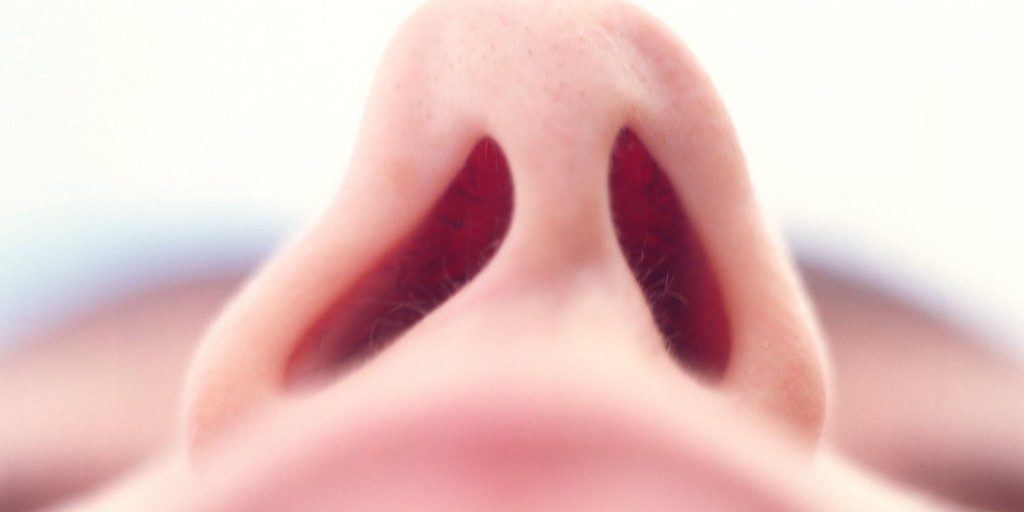What is Septum Deviation?
Curvature of the nasal bone, or the deviation of the septum by its medical name, refers to the curvature of the cartilage and bone structure within the nose that divides the nose into two chambers.
What are the symptoms of septum deviation?
The most common complaint of nasal bone curvature is nasal obstruction. The person cannot breathe easily through the nose. Nasal obstruction is usually seen on the side where the bone is inclined. Due to the inability to breathe through the nose, the person sleeps with his mouth open at night. Depending on this situation, dry mouth may be seen in the morning.
Nasal cartilage bone curvature can also cause snoring. Continuous inhalation may cause pharyngitis. Normally, the air to the lungs heats up, moistens and cleanses as it passes through the nose. As a result of nasal bone curvature, air passage through the nose decreases and mouth breathing is performed. Untreated air from the mouth can cause problems in the upper respiratory tract and lungs.
How is Nasal Bone Curvature Treated?
Nose bone curvature correction surgery is called septoplasty. The bone structure is expected to mature for this operation. Surgery is usually performed after 17-18 years in men and 15-16 years in women. However, in some special cases it can be applied at an earlier age.
The aim of septoplasty operations is to correct the curvature of the cartilage and bone in the nose without disturbing the support on the front of the nose and the back of the nose. Generally, surgery is performed by closed technique, ie, an incision made through the nose. Therefore, there is no change of shape, bruising, swelling and scar on the outside of the nose. The patient is usually sent home on the same day and returns to his routine the next day.








